Sibei (Temple Back) is a village in the southern mountainous region of Jiangxi, China, named because there used to be a temple in front of the village. Today, the temple has long disappeared, but the village name has been passed down for nearly 500 years. The artist Lahem was born in Sibei in 1984 and spent his youth there.
To Lahem, Sibei is as India is to V. S. Naipaul. For this British-Indian author of the Indian Trilogy, “India as an ache, for which one has a great tenderness, but from which at length one always wishes to separate oneself.”
Hometown has been the most significant creative theme for the artist Lahem over the past 15 years. Since 2007, in a nomadic state suspended between his hometown and the city, Lahem has employed Sibei as a backdrop. Starting from dimensions such as land, identity, migration, and transformation, he has sequentially created works like Lost, Return to Hometown, and the Luo Fuping series, completing a Hometown Trilogy [1]in his creations.
Confronting the profound disjunctions of modernity, Lahem has persistently navigated his fluctuating connection between the city and his hometown. Utilizing various methods, including photography and performance art, he addresses the dilemmas individuals confront in terms of identity, psychology, and spirituality when confronted with memories of their hometown. Throughout this exploration, he has rationally and continuously observed and documented the living conditions and environmental realities of his family and the Sibei community.
In his creative process, “Sibei” gradually transforms into an uncontrollable, invisible force. Through Lahem’s camera and film, it starts to “reveal itself,” leading to the creation of Modernity’s Fracture: The Odyssey of Returning Hometown. The work of the exhibition liberates Lahem from the intricate duality between the individual and the hometown depicted in the Hometown Trilogy and its narrative on individual life history. Instead, it positions him within a shared destiny with the land, mountains, and villagers, collectively confronting the scrutiny of nature’s laws. In this way, Sibei becomes the primary focus, while Lahem, the artist, gradually recedes and fades into the background.
“Heaven and Earth are ruthless; they treat everything as straw dog.” This implies that nature doesn’t prioritize or value one thing over another. In the context of “Sibei”, this means that people, from one generation to the next, live their lives much like the cyclic nature of plants: they are born, they flourish, and then they die. In the exhibit portraying Sibei, amidst mountains, the landscape shows changing houses and fields, periodic floods, and the cycle of flowers blooming and fading. Although there’s an evident sense of tranquility and simplicity, themes of mortality, loss, and occasional violence subtly permeate the everyday scenes.
The exhibition serves as Lahem’s abstract summation of the Hometown Trilogy, paying homage to Sibei. It’s also stands as a tribute to many other hometowns, akin to Sibei, that are in the irreversible process of fading away. Through a profound exploration of hometown, memory, and self-awareness, and by delving into intellectual and emotional perceptions, Lahem has constructed through his imagery a bridge that elevates Sibei to a metaphysical realm. In the course of this exploration and reconstruction, the Sibei fated to vanish as an object is transmuted into an immortal essence inherent within “Sibei” itself.
Lahem’s grandmother was a psychic, his grandfather was one of the “Eight Immortals” who carried coffins, his second uncle played music for both weddings and funerals, and a young Lahem would often play the small gong at funerals. This background allowed Lahem, who hails from a mountain community, the possibility to transform into a “psychic medium” when photographing. Consequently, traditional and simplistic rituals conducted by his clan and villagers during life, aging, illness, and death, as well as scenes of spiritual communication, naturally manifested in his photographs. As photography transcended into a form of spiritual connection, the exhibition space itself metamorphosed into a mediumistic realm for “Sibei.”
In this context, “Sibei” transcends the melancholic narratives of modern history. It no longer solely represents a geographical hometown specific to Lahem but has evolved into an eternal land that has existed for thousands of years beneath the veneer of modern civilization in China – a land that resonates more closely with traditional ways of life and belongs to every individual in a more universal sense.
[1] In the Lost series, Lahem draws a parallel between himself and the image of grass being uprooted from its natural soil and then placed on concrete. Through this metaphor, he explores his connection and memories associated with Sibei and his family. He comes to understand that his deep ties to his hometown and family are ingrained within him, ties he cannot run from or ignore. In the Return to Hometown series, Lahem emphasizes his deep connection to his roots. He undertook a symbolic journey, walking 1000 kilometers from Shanghai back to his birthplace, Sibei. This act of physically traveling between his urban life and his rural origins represents a bridge or spiritual path, connecting his present life with his past. In the Luo Fuping series, Lahem, dressed in a suit but barefooted, merges his identity with the Sibei of his memories and the present reality. This series highlights the integration and coexistence of three identities within him: Luo Fuping, Luo Xin, and Lahem himself.
Text By Joanna Fu
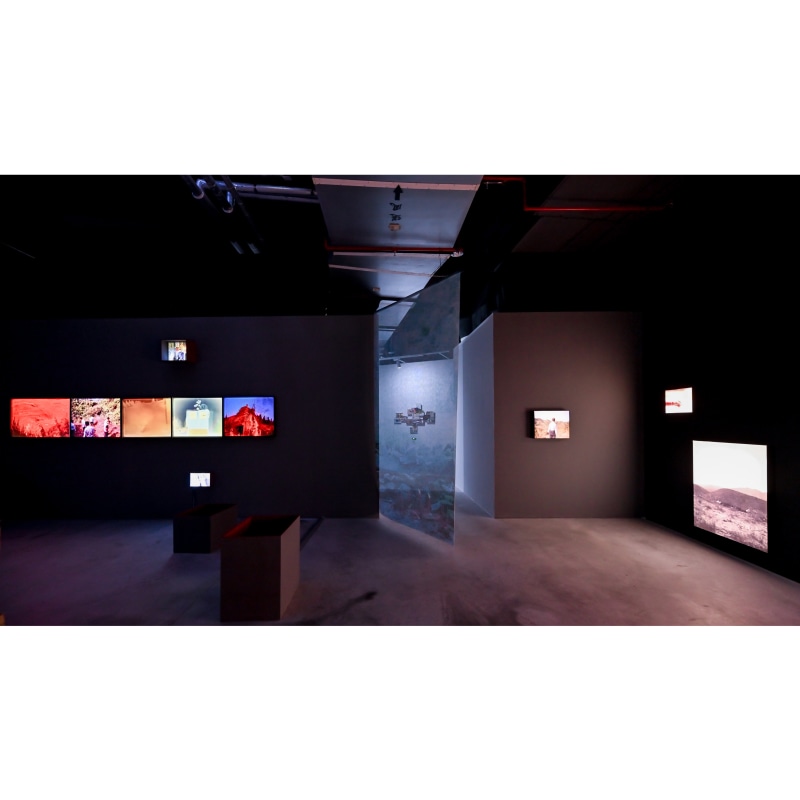
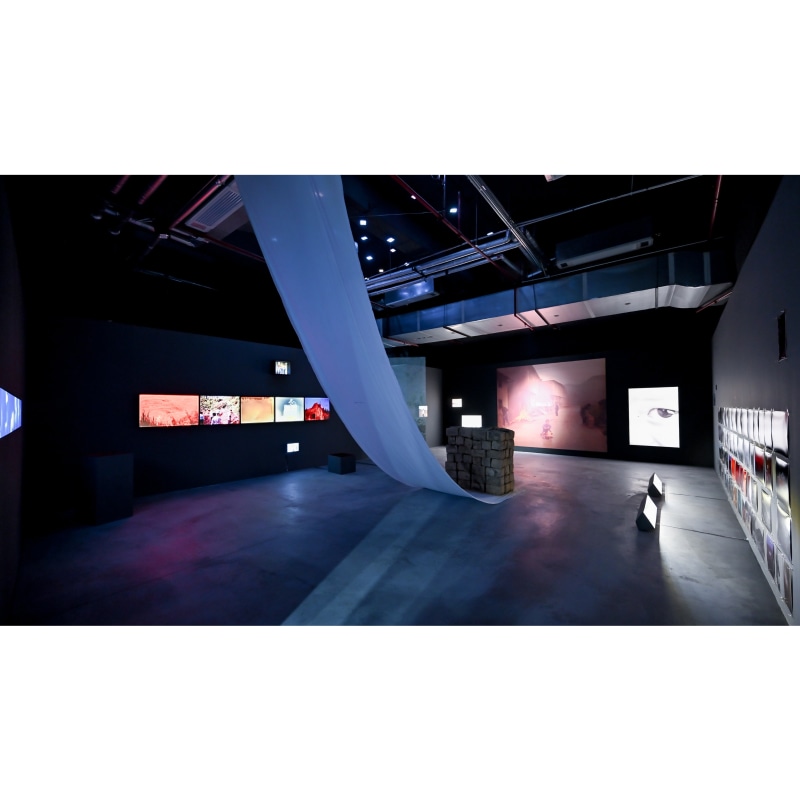
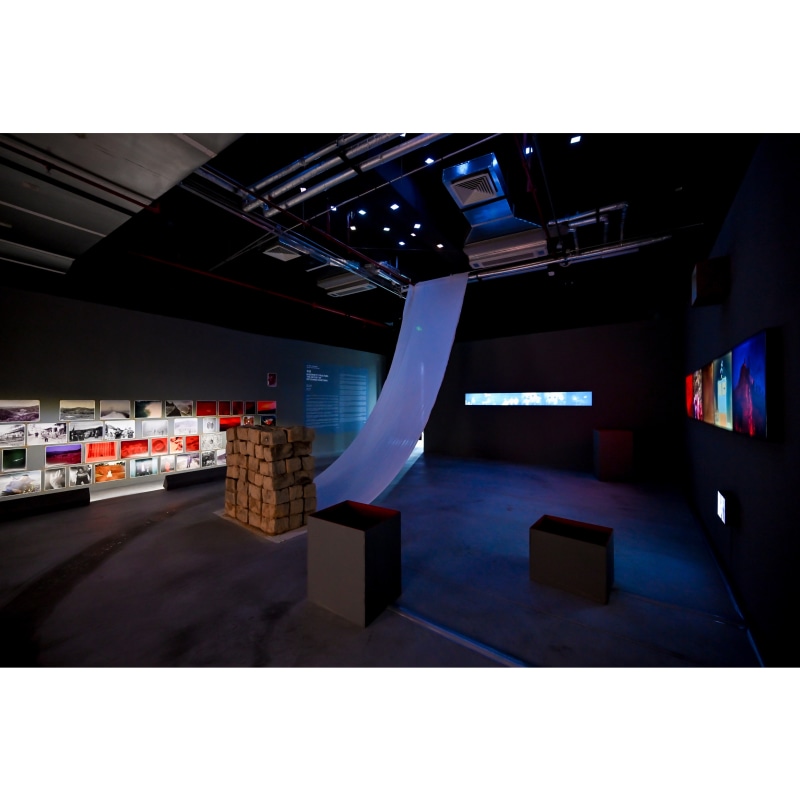
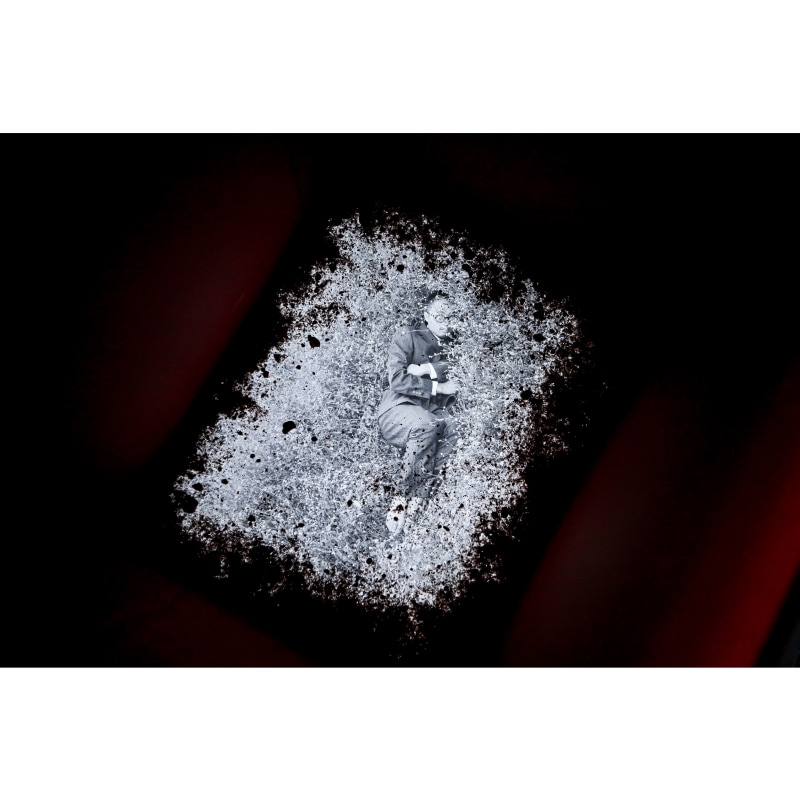
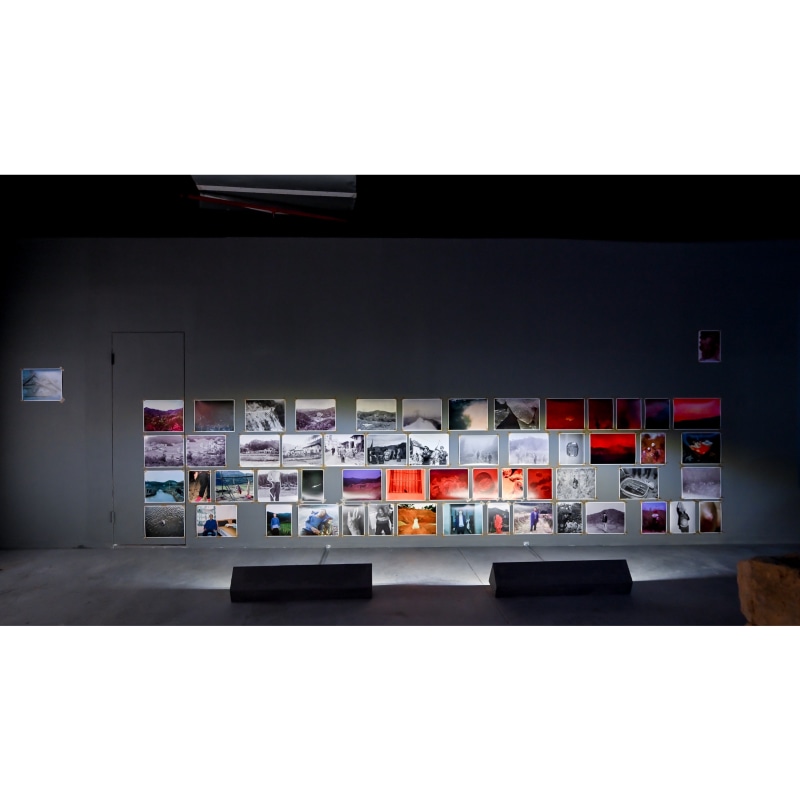

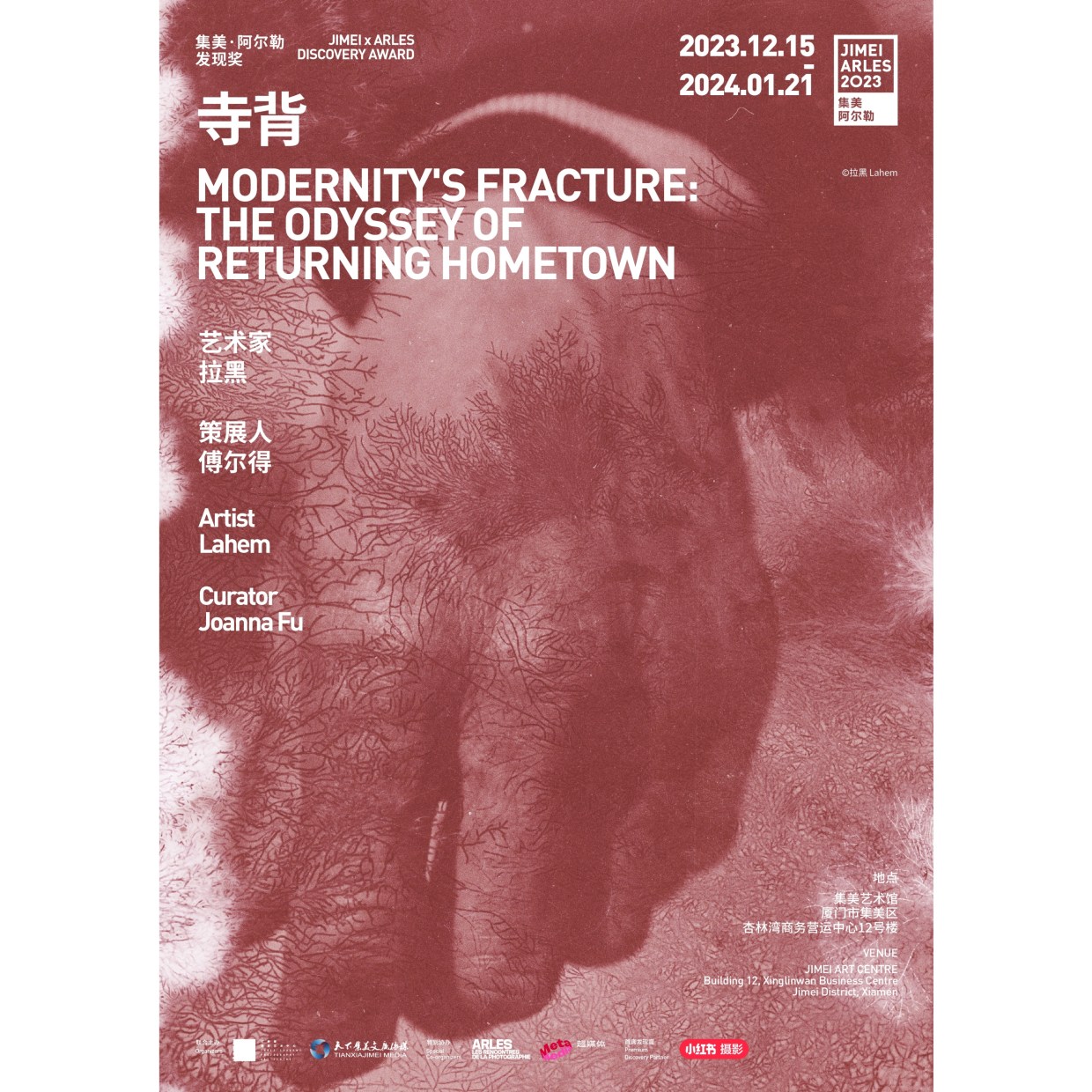
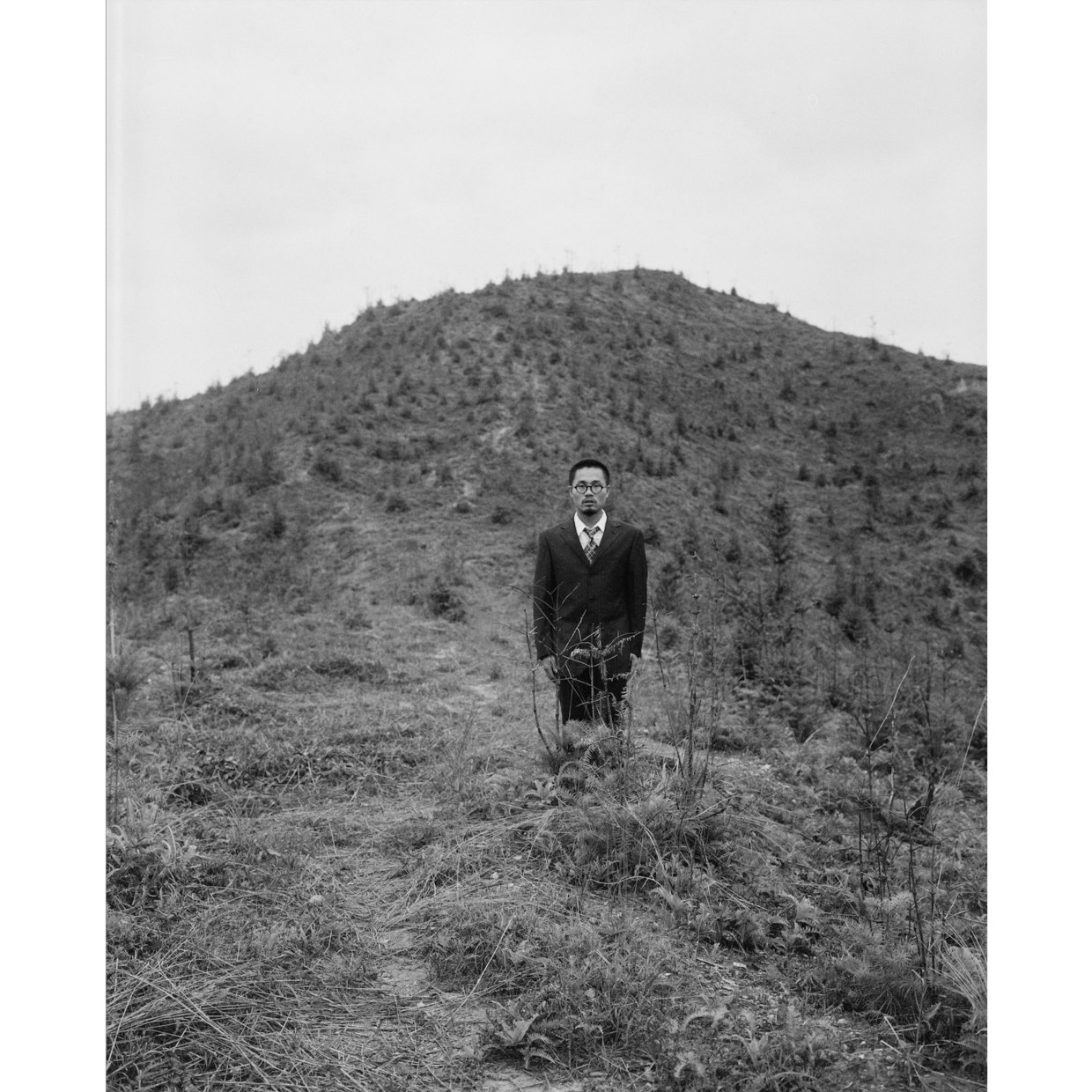 Portrait of Lahem
Portrait of Lahem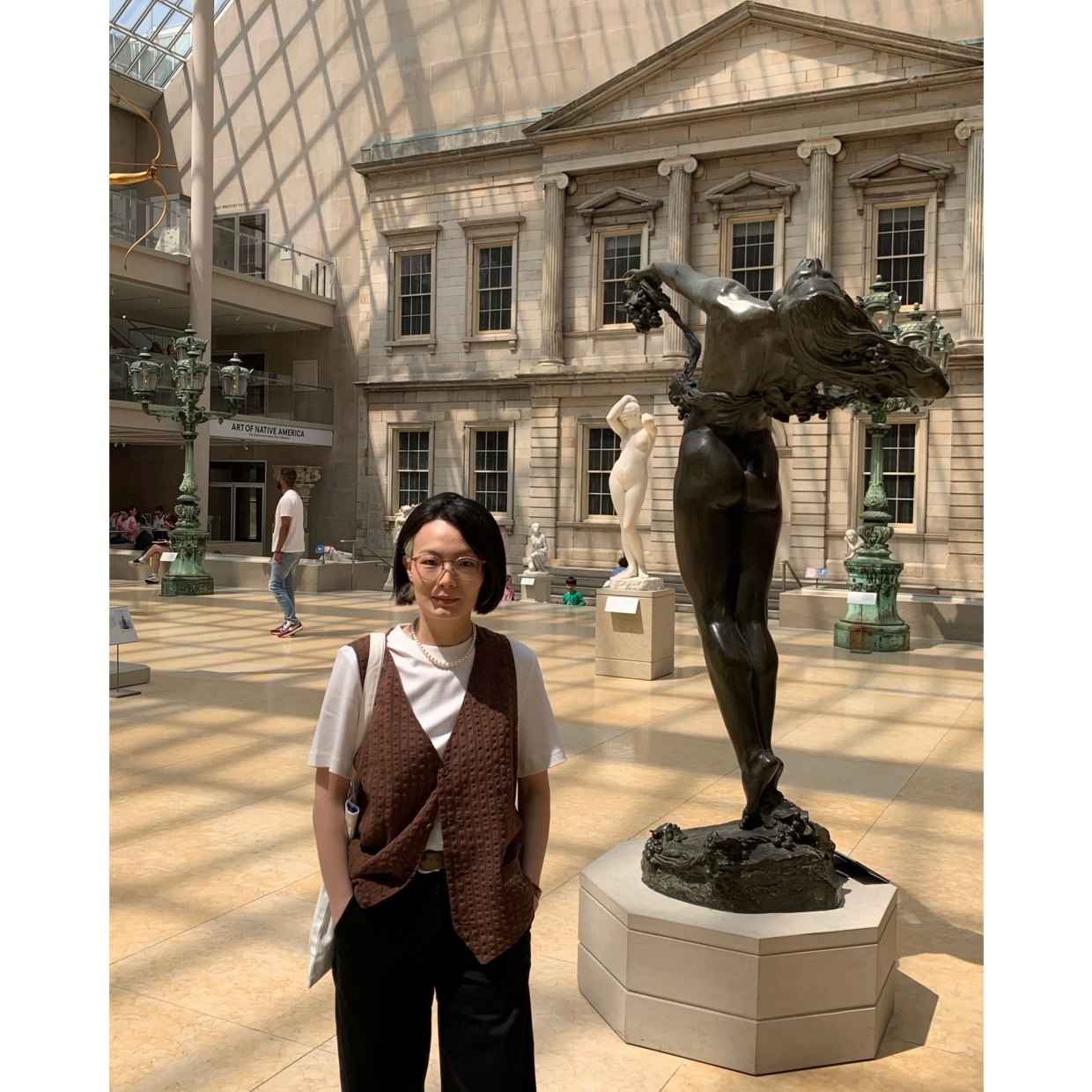 Portrait of Joanna Fu
Portrait of Joanna Fu Lahem, "Behind", 2013-2018. Archival inkjet print, dimension variable.Courtesy of the artist.
Lahem, "Behind", 2013-2018. Archival inkjet print, dimension variable.Courtesy of the artist.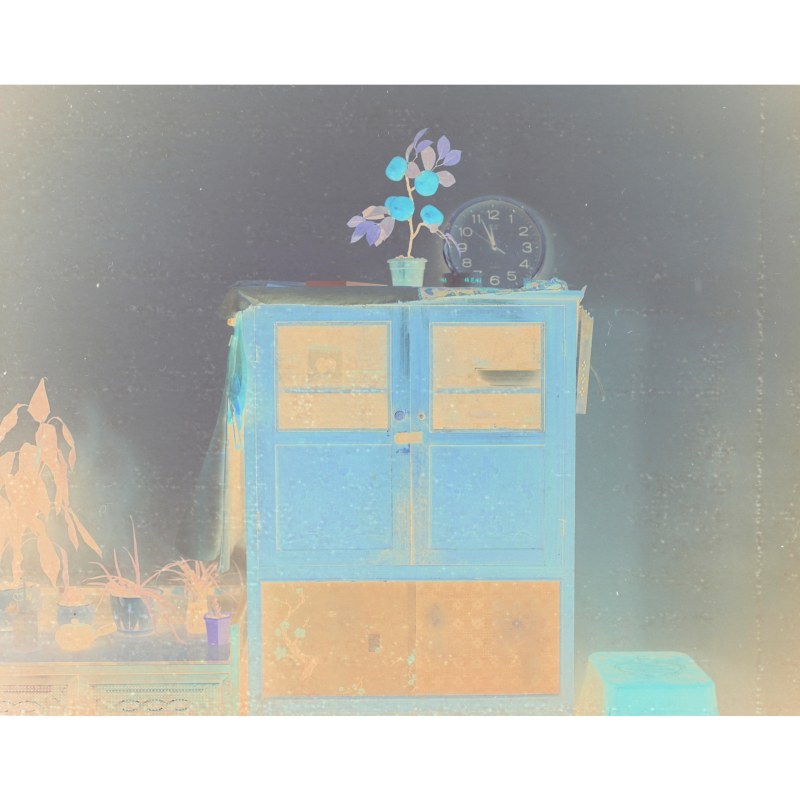 Lahem, "Behind", 2013-2018. Archival inkjet print, dimension variable.Courtesy of the artist.
Lahem, "Behind", 2013-2018. Archival inkjet print, dimension variable.Courtesy of the artist. Lahem, "Behind", 2013-2018. Archival inkjet print, dimension variable.Courtesy of the artist.
Lahem, "Behind", 2013-2018. Archival inkjet print, dimension variable.Courtesy of the artist.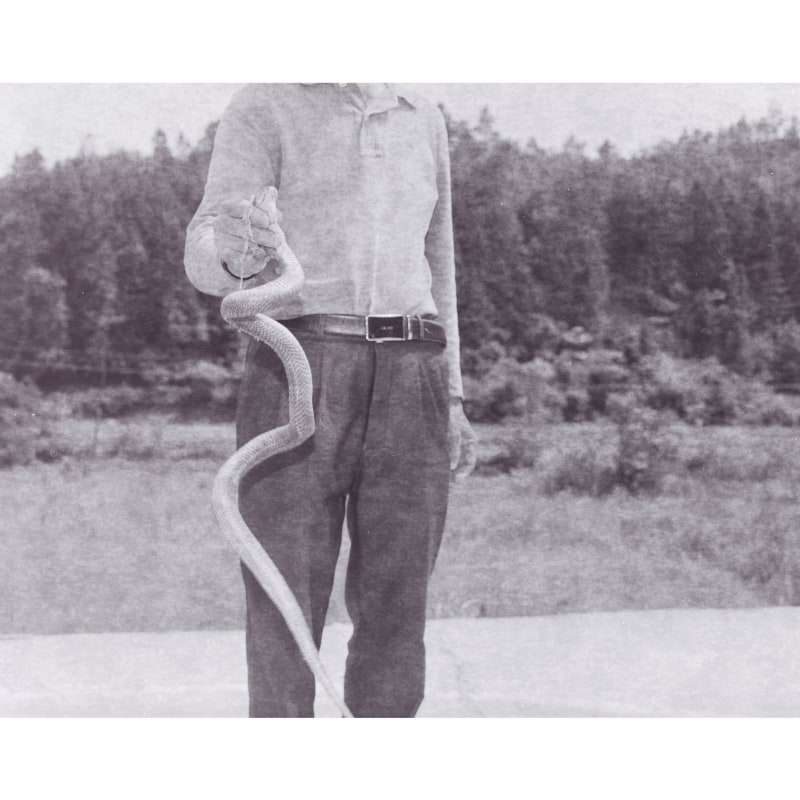 Lahem, "Behind", 2013-2018. Archival inkjet print, dimension variable.Courtesy of the artist.
Lahem, "Behind", 2013-2018. Archival inkjet print, dimension variable.Courtesy of the artist.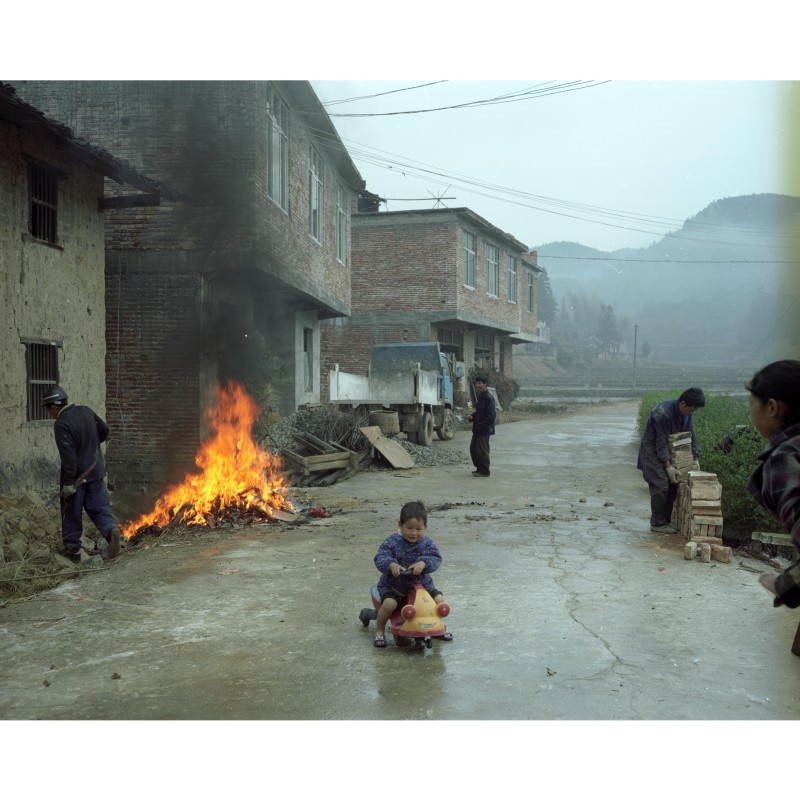 Lahem, "Behind", 2013-2018. Archival inkjet print, dimension variable.Courtesy of the artist.
Lahem, "Behind", 2013-2018. Archival inkjet print, dimension variable.Courtesy of the artist.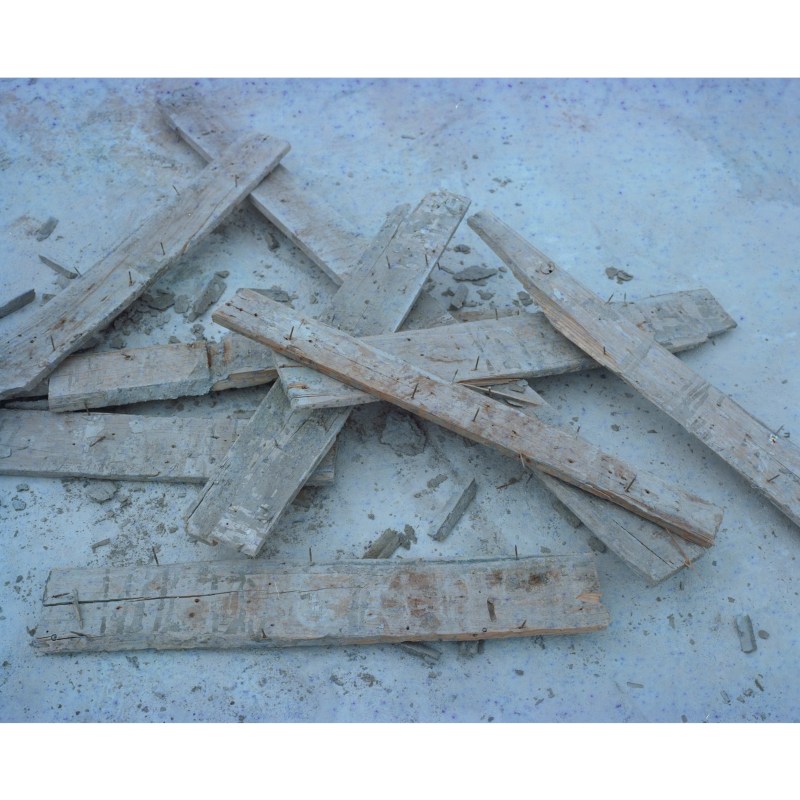 Lahem, "Behind", 2013-2018. Archival inkjet print, dimension variable.Courtesy of the artist.
Lahem, "Behind", 2013-2018. Archival inkjet print, dimension variable.Courtesy of the artist.